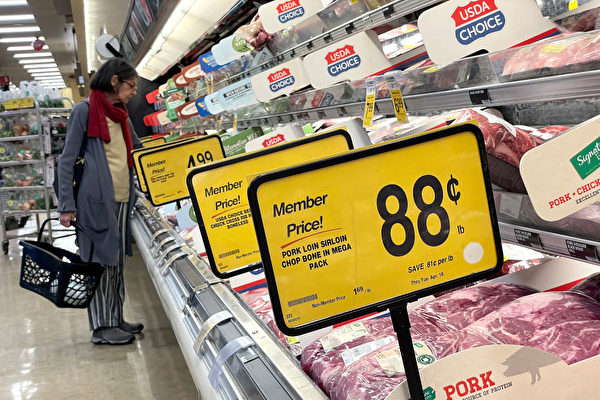In April, wholesale prices in the United States rose more than expected and reached the highest level in a year. This suggests that consumers may face further price increases in the near future. According to the report released by the Bureau of Labor Statistics on Tuesday, after seasonal adjustments, the Producer Price Index (PPI) measuring wholesale prices increased by 0.5% in April, higher than the estimated 0.3% by Dow Jones & Company. The report also indicated that the PPI for March, initially reported to have increased by 0.2%, was revised to a decrease of 0.1%.
On an unadjusted basis, the Producer Price Index increased by 2.2% in the 12 months ending in April, higher than the revised 1.8% increase in March, marking the largest increase since a 2.3% year-on-year rise in April 2023. The core PPI inflation rate stood at 2.4%, the highest annual increase since August 2023.
Nearly three-quarters of the April increase in producer prices can be attributed to a 0.6% rise in service wholesale prices, while goods wholesale prices increased by 0.4%. Excluding volatile food and energy prices, the core PPI also rose by 0.5% compared to the previous month, surpassing Dow Jones’ estimate of 0.2%. Further excluding trade services, the core PPI increased by 0.4% on a monthly basis and rose by 3.1% year-on-year, reaching the highest level since April 2023.
PPI measures the costs paid by producers for goods and services, not the costs paid by consumers. However, similar to the Consumer Price Index (CPI), PPI is a closely watched inflation indicator as it captures the average price changes of goods and services before reaching consumers, indicating potential changes in store prices and is considered a good leading indicator of inflation pressure.
The latest inflation data was released as the Federal Reserve maintained existing interest rates. Policymakers at the central bank recently stated that they expect inflation to trend down this year, but before considering a rate cut, they need more evidence to prove that inflation is convincingly returning to the Fed’s 2% target.
Christopher Rupkey, Chief Economist at financial market research firm FWDBONDS, told Reuters, “Producer-level inflation this month becomes another focus of concern. Consumers will surely feel the pressure as rising production costs lead to inflation in the goods and services they purchase. If Fed officials are hoping for some relief from the inflation outbreak in the first quarter, such relief did not materialize at the start of the second quarter.”

